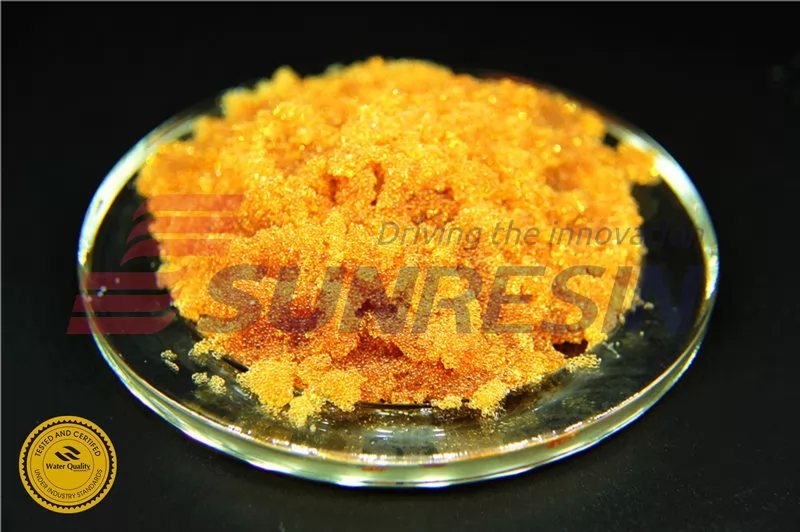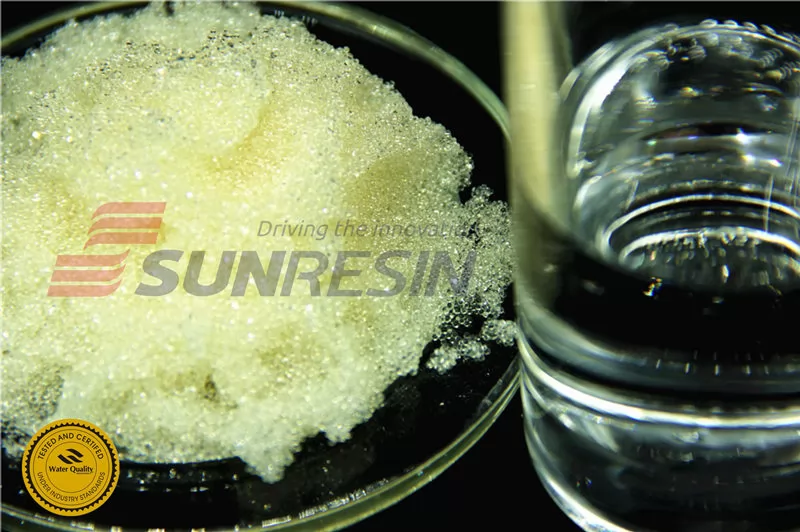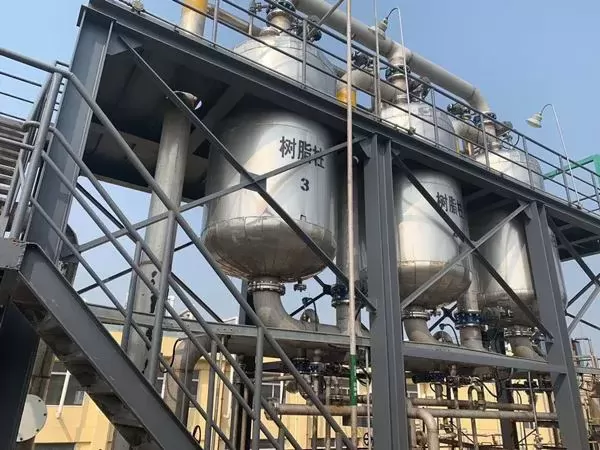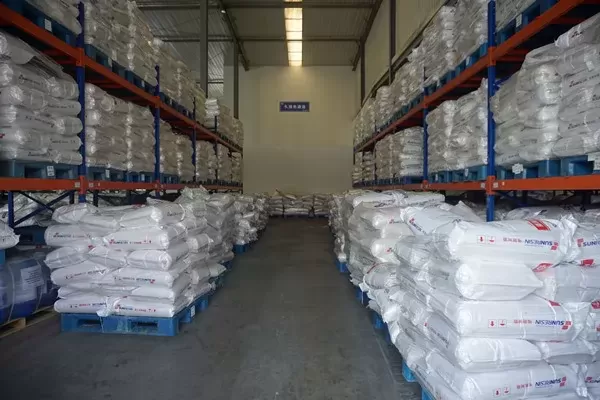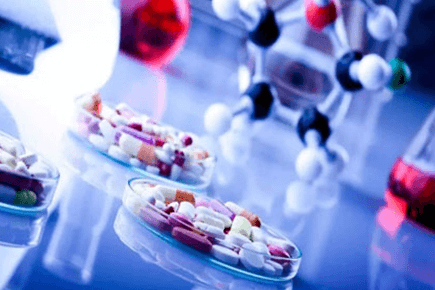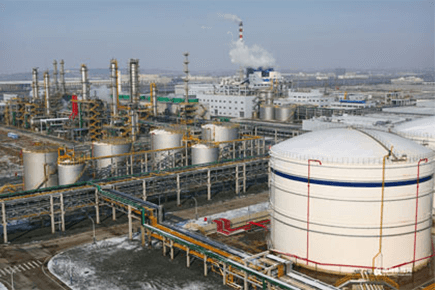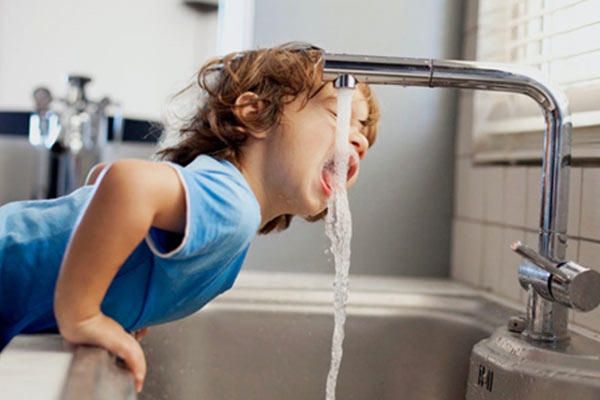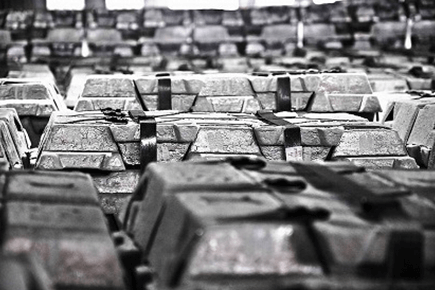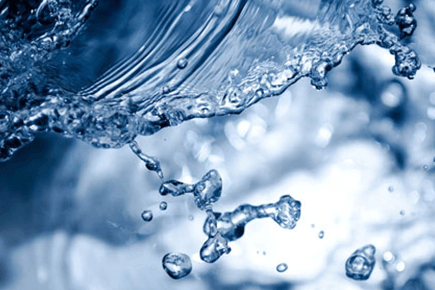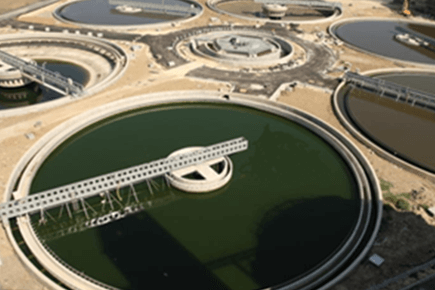Ion Exchange Resins
Product
Application
Contact Us
Sunresin Park,No.135, jinye Road, Xi’an Hi-tech Industrial Development Zone, Shaanxi-710076, China
seplite@sunresin.com
seplite_europe@sunresin.com
+86-29-89182091
Ion Exchange Resins
Ion Exchange Resins
Our Product List
Latest News
05
2025 06
Sunresin Secures Australian Patent for Lithium Adsorbent Innovation
Sunresin New Materials Co., Ltd. is pleased to announce that its invention titled “A Lithium Adsorbent and Its Preparation Method” has been officially granted a patent in Australia.
11
2025 04
SZSE Visits Sunresin – An ETF Constituent Company in the CSI 500 Index
On the morning of March 28, the Shenzhen Stock Exchange (SZSE), along with representatives from Harvest Fund and over 30 other participants, visited Sunresin— a constituent company of the CSI 500 Index — for a special research and engagement activity.
22
2025 03
Sunresin's Successful Presence at Aquatech 2025 – Advancing Globalization
The Aquatech 2025 exhibition recently concluded successfully in Amsterdam, Netherlands. As one of the most influential professional exhibitions in the global water treatment industry, Aquatech is known as the "Oscars of Water Treatment." Sunresin made a powerful impact at this prestigious event, showcasing its expertise in industrial water treatment and drinking water treatment






